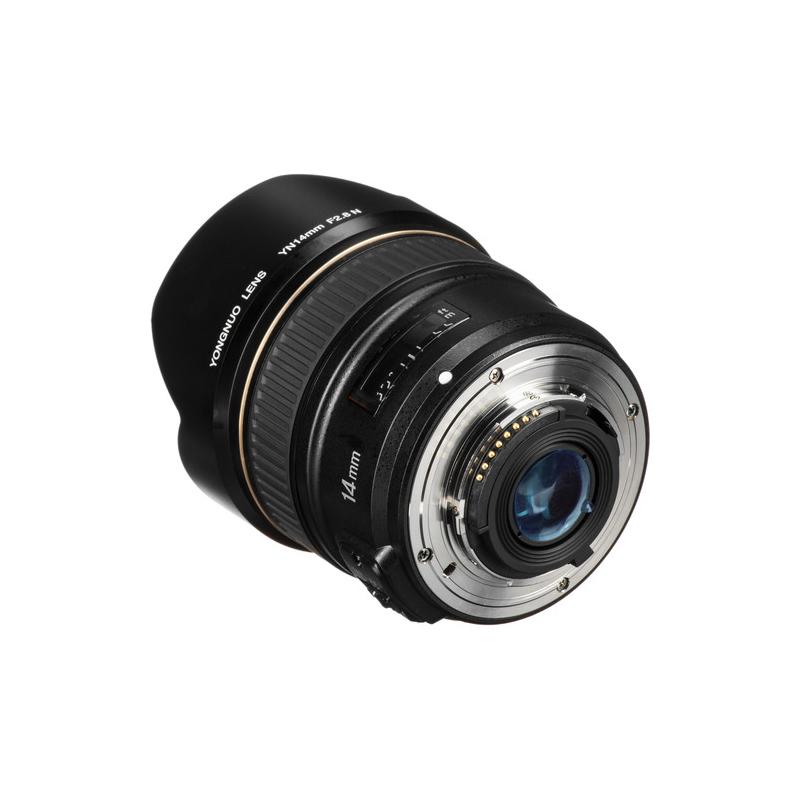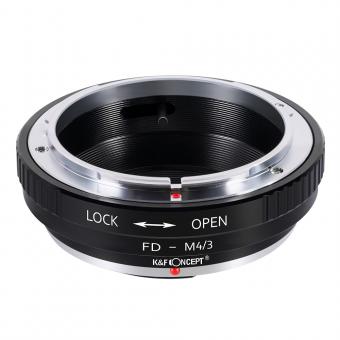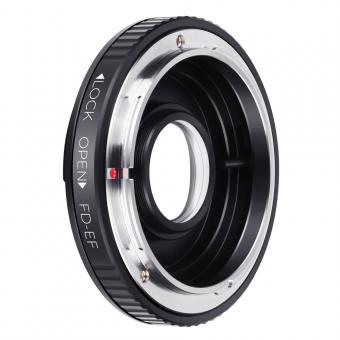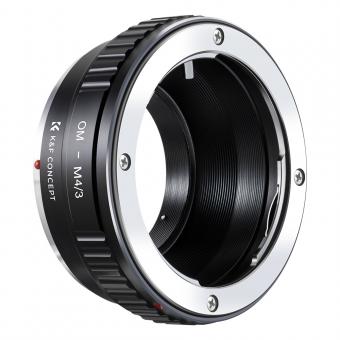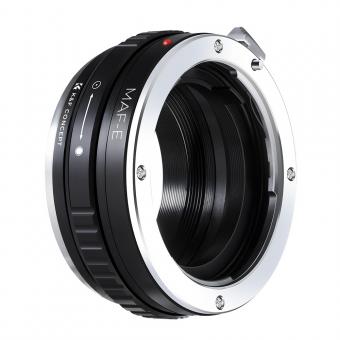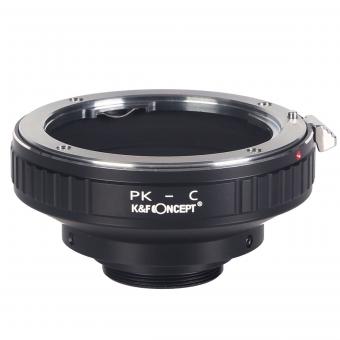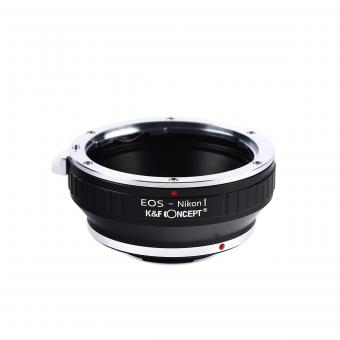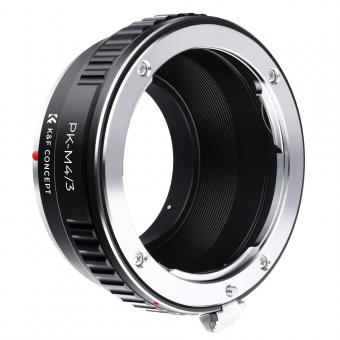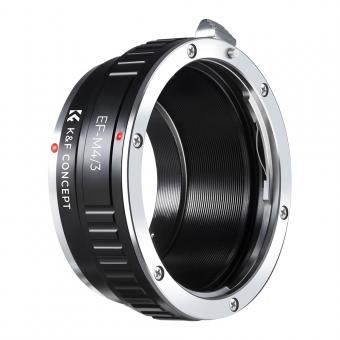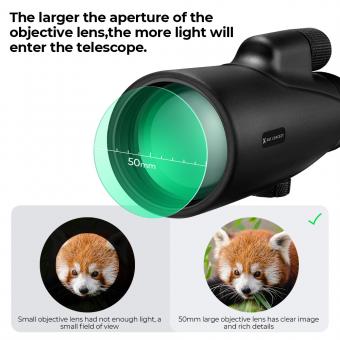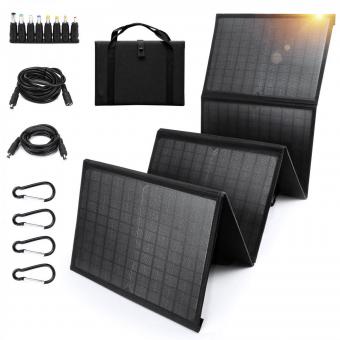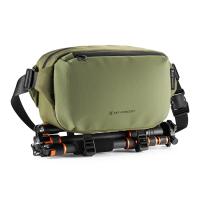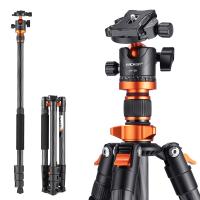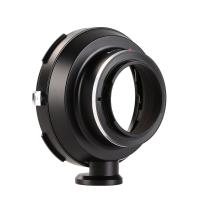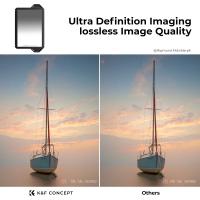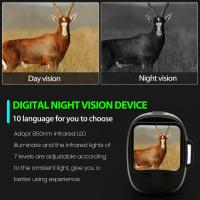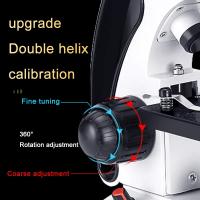Cameras That Can See Through Walls ?
Cameras that can see through walls are typically referred to as "through-wall imaging" systems. These systems use various technologies such as radar, ultrasound, and thermal imaging to detect objects and people behind walls. Through-wall imaging systems have a variety of applications, including search and rescue operations, law enforcement, and military operations. However, the use of these systems is often controversial due to privacy concerns.
1、 Passive millimeter wave imaging
Passive millimeter wave imaging is a technology that uses electromagnetic waves in the millimeter range to create images of objects. This technology has been used in various applications, including security screening, medical imaging, and remote sensing. One of the most intriguing applications of passive millimeter wave imaging is its potential to see through walls.
While it is not yet possible to create cameras that can see through walls, passive millimeter wave imaging has shown promise in detecting objects behind walls. This technology works by detecting the natural radiation emitted by objects, which can penetrate certain materials, including walls. By analyzing the radiation that passes through the wall, passive millimeter wave imaging can create an image of the objects on the other side.
However, there are limitations to this technology. The quality of the image depends on the thickness and material of the wall, as well as the distance between the object and the wall. Additionally, passive millimeter wave imaging cannot detect objects that do not emit radiation, such as plastic or wood.
Despite these limitations, passive millimeter wave imaging has the potential to revolutionize security screening and law enforcement. It could be used to detect hidden weapons or contraband, locate missing persons, and even aid in search and rescue operations. As the technology continues to improve, it may become possible to create cameras that can see through walls, opening up even more possibilities for this innovative technology.
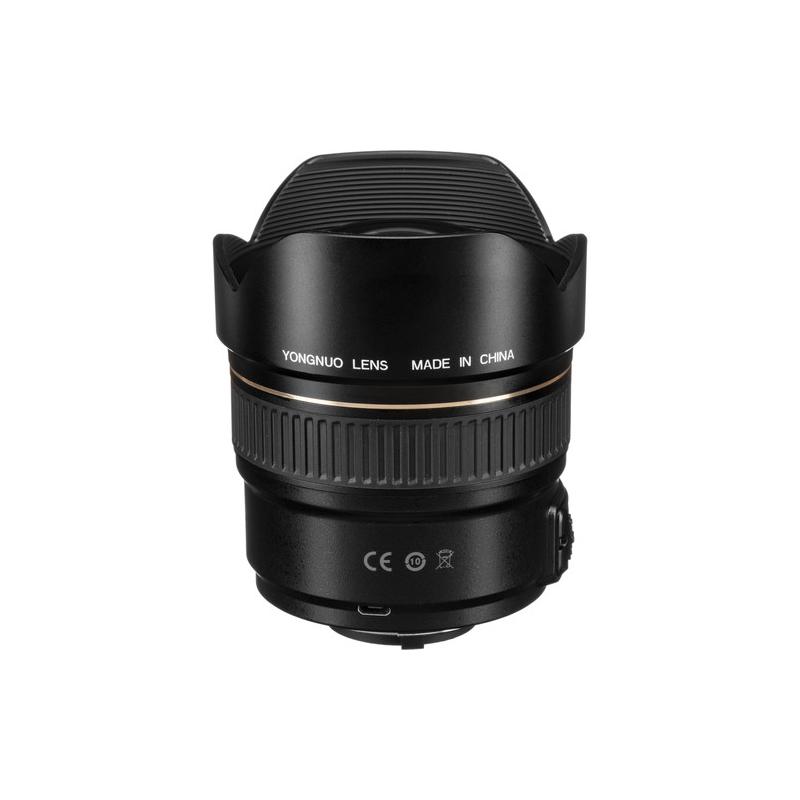
2、 Ultra-wideband radar imaging
Ultra-wideband radar imaging is a technology that uses electromagnetic waves to create images of objects and structures that are hidden from view. This technology has been used for many years in military and security applications, but it is now being developed for use in civilian applications as well.
One of the most exciting potential applications of ultra-wideband radar imaging is in the development of cameras that can see through walls. These cameras would be able to detect the presence of people or objects on the other side of a wall, which could be incredibly useful in a variety of situations.
For example, these cameras could be used by law enforcement officers to detect the presence of suspects in a building before entering, which could help to prevent dangerous confrontations. They could also be used by firefighters to locate people who are trapped in burning buildings, or by search and rescue teams to locate survivors in the aftermath of a natural disaster.
While the development of cameras that can see through walls is still in its early stages, there is no doubt that this technology has the potential to revolutionize many different industries. As researchers continue to refine and improve ultra-wideband radar imaging, we can expect to see even more exciting applications emerge in the years to come.
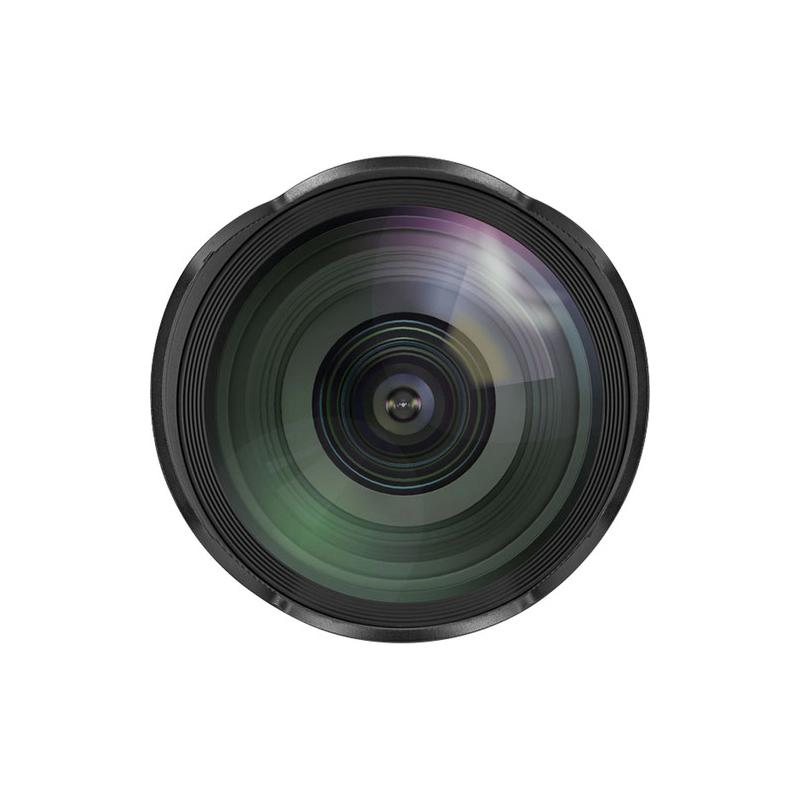
3、 Thermal imaging
Thermal imaging is a technology that allows us to see the heat signatures of objects and people. It has been used for a variety of applications, including search and rescue, surveillance, and medical imaging. While thermal imaging can be used to detect objects behind walls, it is not a technology that can see through walls in the traditional sense.
There has been some recent research into using terahertz radiation to create cameras that can see through walls. Terahertz radiation is a type of electromagnetic radiation that has a wavelength between microwaves and infrared radiation. It has the ability to penetrate certain materials, including clothing and walls, without causing harm to humans.
However, the use of terahertz radiation for imaging is still in the experimental stage, and there are many technical challenges that need to be overcome before it can be used in practical applications. For example, terahertz radiation has a low signal-to-noise ratio, which makes it difficult to create high-quality images. Additionally, the technology is expensive and requires specialized equipment.
In conclusion, while thermal imaging can be used to detect objects behind walls, it is not a technology that can see through walls in the traditional sense. The use of terahertz radiation for imaging is still in the experimental stage, and there are many technical challenges that need to be overcome before it can be used in practical applications.
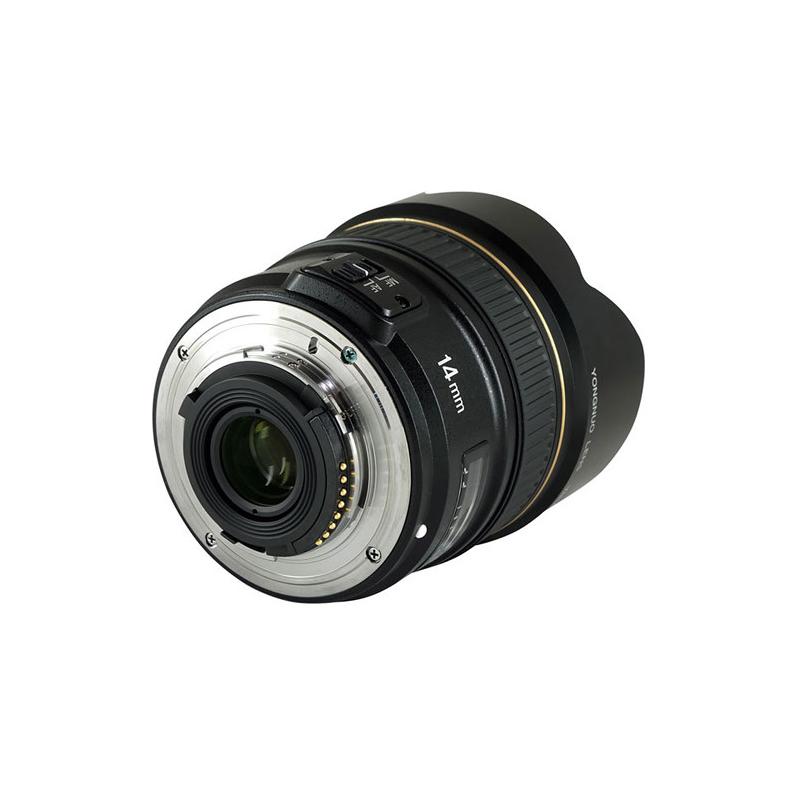
4、 Terahertz imaging
The technology that allows cameras to see through walls is called Terahertz imaging. Terahertz radiation is a type of electromagnetic radiation that falls between microwave and infrared radiation on the electromagnetic spectrum. It has the unique ability to penetrate through materials that are opaque to visible light, such as clothing, paper, and even walls.
Terahertz imaging works by emitting short bursts of terahertz radiation and then measuring the reflected waves. The reflected waves can provide information about the composition and structure of the material being imaged, allowing the camera to create a detailed image of what is on the other side of the wall.
Terahertz imaging has a wide range of potential applications, including security screening, medical imaging, and non-destructive testing. For example, it could be used to detect hidden weapons or explosives, to diagnose skin cancer, or to inspect the integrity of aircraft components.
However, there are also concerns about the potential privacy implications of this technology. Some experts have warned that it could be used for surveillance purposes, allowing authorities to see through walls and spy on individuals without their knowledge or consent.
As with any new technology, it is important to carefully consider the potential benefits and risks before deploying it on a large scale. While terahertz imaging has the potential to revolutionize many industries, it is important to ensure that it is used in a responsible and ethical manner.
